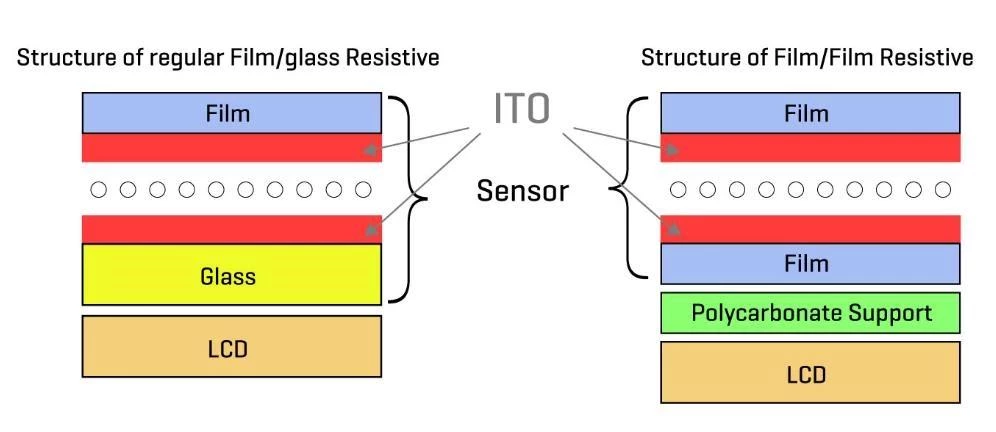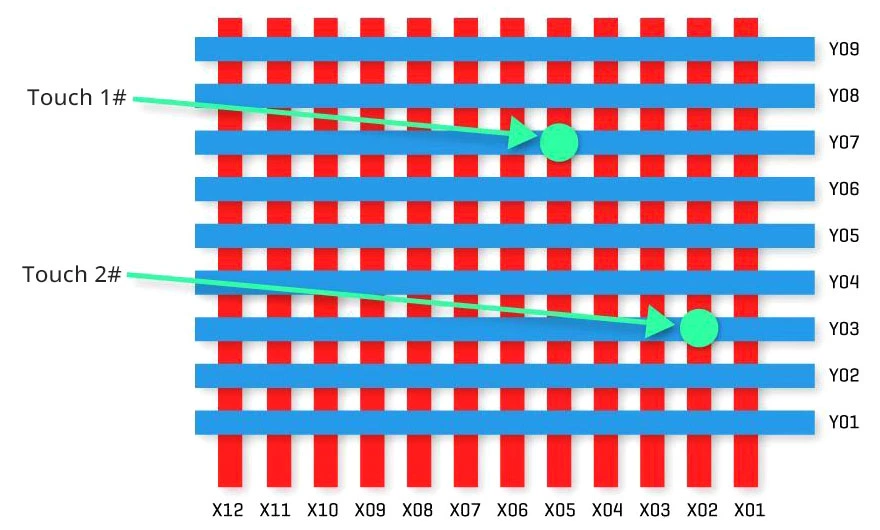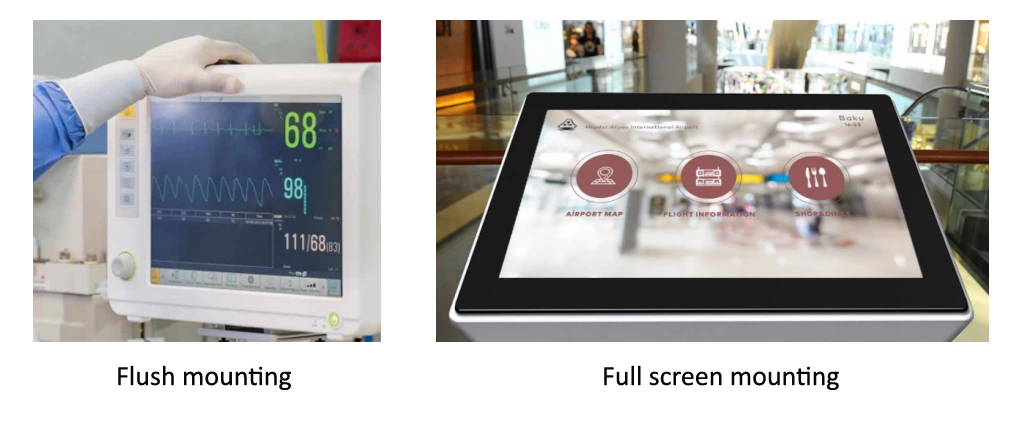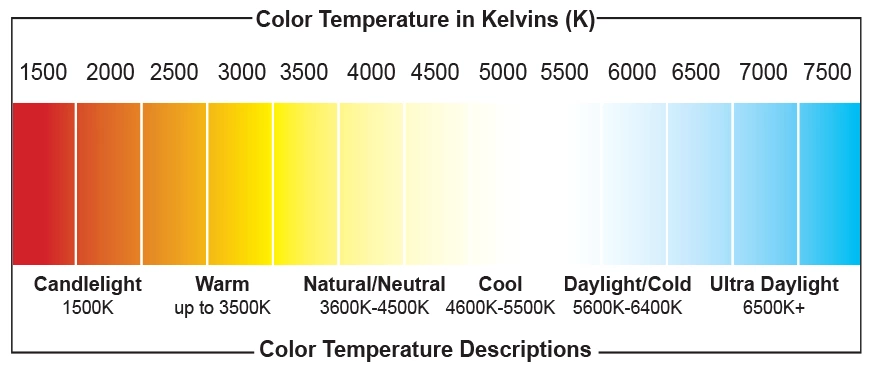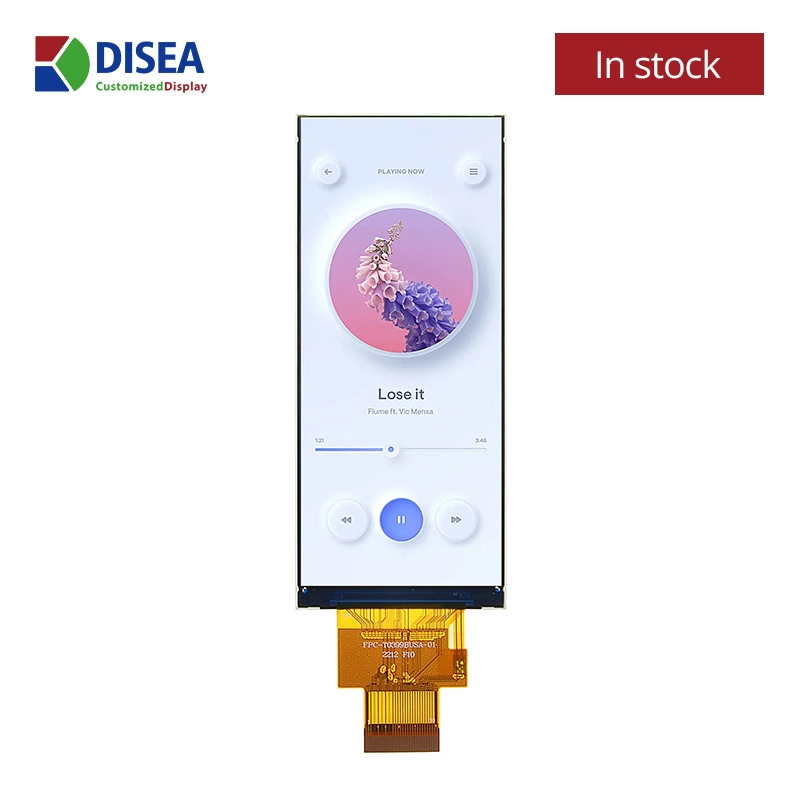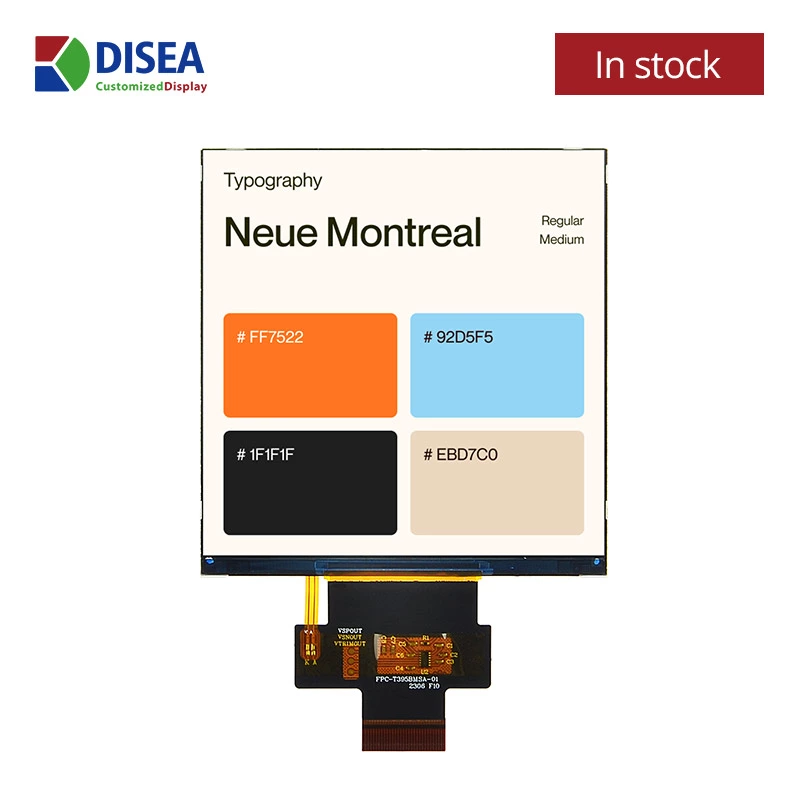Housing Design for LCD Displays
When designing the housing for an LCD, it's essential to consider key parameters such as the display's dimensions and viewable area. Here's a detailed guide on housing design for LCD assemblies, focusing on critical dimensions, housing size design, and the assembly process.
1. Key Dimensions of LCD Displays
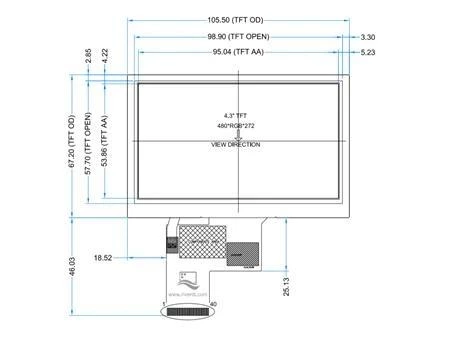
LCD Display Dimensions
- Overall Dimensions (TFT OD): The external size of the LCD display.
- Viewable Area (TFT OPEN): The visible portion of the display.
- Active Area (TFT AA): The active region where pixels are displayed.
2. Designing the Housing Size
The window of the LCD housing must be properly sized. If it’s too large, the display’s metal frame becomes visible, creating an unsightly appearance. Conversely, if the window is too small, it obscures the screen's displayed image.
Begin the design with the critical dimensions: OD, OPEN, and AA. Ensure the display opening in the housing exceeds the LCD's external dimensions (OD) slightly, with about a 2mm offset to prevent damage.
When designing the housing for uxTouch touchscreen modules, you should pay attention to the dimensions of the upper glass (length, width, and corner radius), the touch panel, the glass thickness, and the mounting tape. We offer uxTouch modules with various mounting tape thicknesses: 0.2mm, 0.5mm, or custom thicknesses for different applications. Additionally, an essential factor is aligning the display correctly with the touch panel.
For display modules with a mounting frame, the diameter and spacing of the mounting holes are critical parameters, as shown in the figure below.
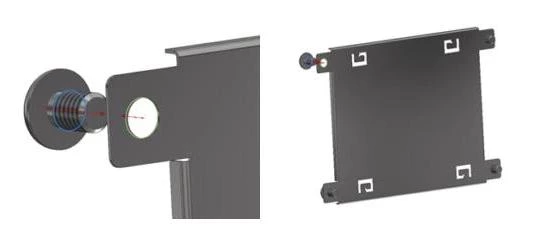
When designing the enclosure for an LCD module, all the aforementioned dimensions should be considered. You can find these dimensions detailed in the technical drawings within each module's documentation.
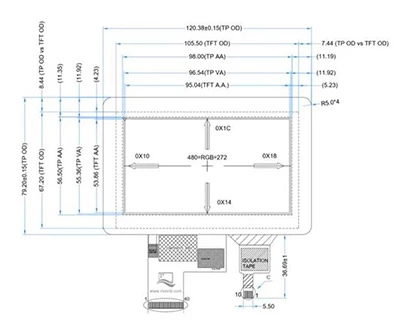
uxTouch Touchscreen Module Parameters

Display Module with Mounting Frame Parameters
3. Assembly Process
Proper assembly of the LCD module in its housing is vital. Common damages during incorrect assembly include:
- Damaged FFC (Flexible Flat Cable)
- Separation of the Touch Panel (TP) from the TFT
- Cracked TFT glass
- Bent LCD frame
During initial installation, protect the FFC edges. Use support brackets on the back of the display to enhance rigidity and minimize the impact of external factors like vibration and temperature changes.

Example of Support Bracket Use in LCD Housing Assembly
Exercise caution not to apply excessive pressure on the module during installation, as it does not improve adhesion and may cause damage.
This detailed guide covers the key aspects of housing design and assembly for LCD displays, ensuring reliability and durability in their final application.
